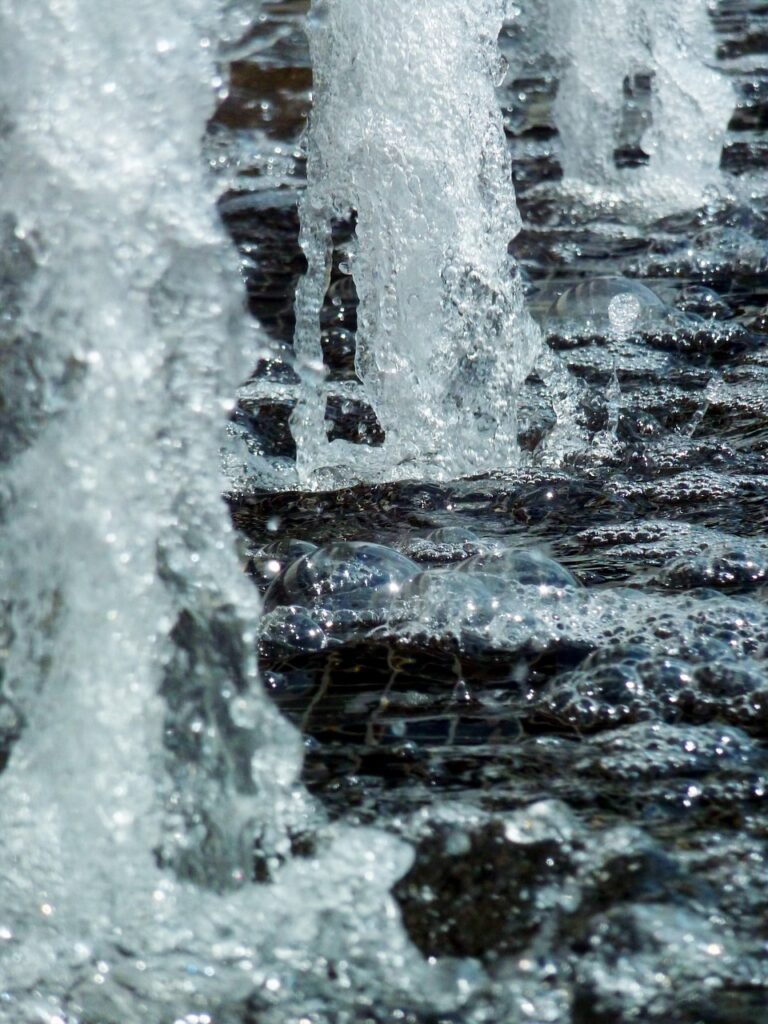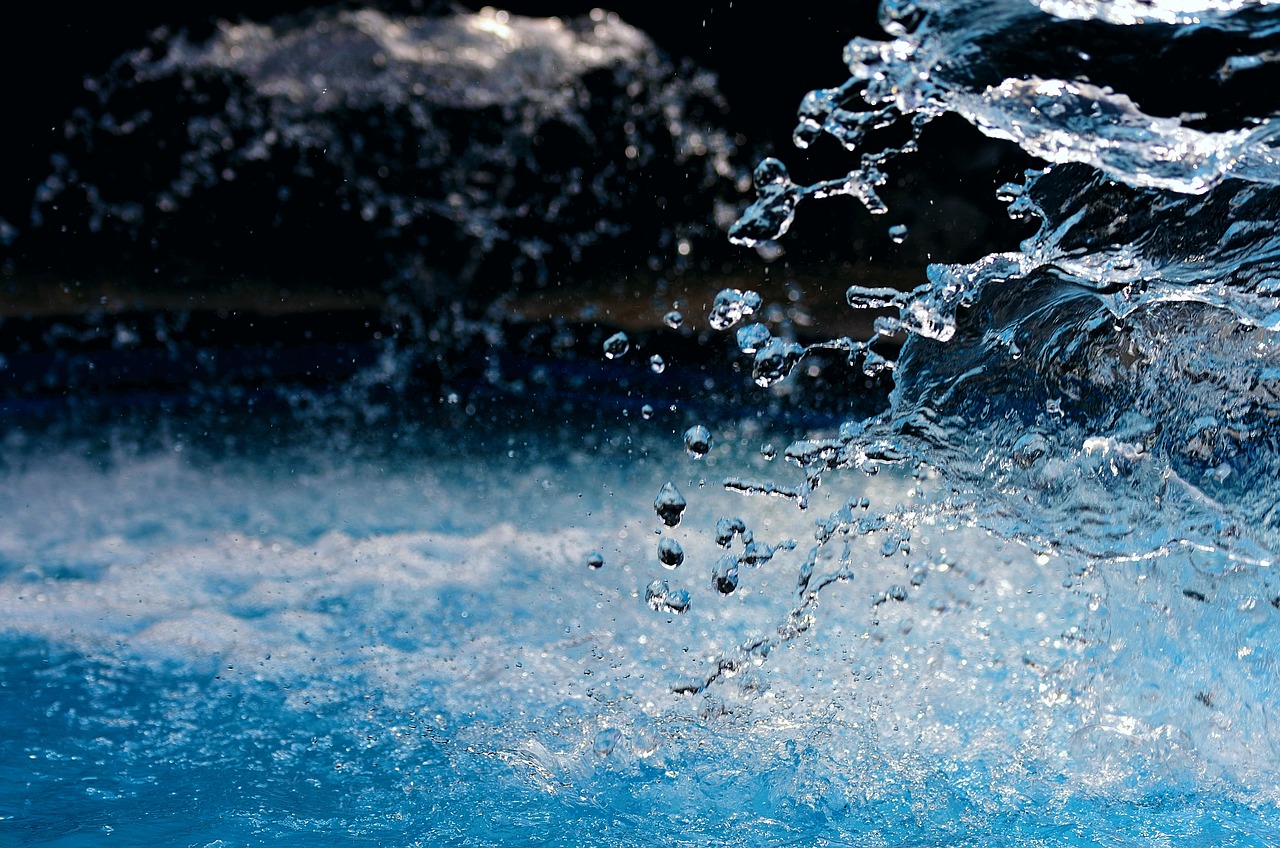Don’t Let Your Dream Water Feature Become a Nightmare: Ask These Critical Questions to Find Experts Who Deliver Quality That Lasts
Those peaceful moments by the water don’t happen by accident. Behind every serene backyard pond or elegant fountain lies careful planning and proper installation. Get it wrong, and that dream water feature quickly becomes an expensive eyesore.
Most homeowners don’t realize that finding the right fountain tech company might be more important than choosing the water feature itself. Without proper installation and maintenance guidance, even the most beautiful designs can fail. Quality varies wildly between companies, with some focused mainly on quick sales rather than lasting results.
Water features represent significant investments. Beyond just the upfront cost, poorly installed systems lead to ongoing expenses, wasted water, and countless headaches. Before signing any contract or paying any deposit, smart homeowners ask these five critical questions.
“How many years have you specialized in water features?”
This question reveals more than just a number. Companies with genuine expertise tend to share specific stories and examples from their history. They might mention how installation methods have evolved or challenges they’ve overcome on similar projects.
Watch out for vague answers or responses that emphasize landscaping experience without specific water feature credentials. Installing ponds and fountains requires specialized knowledge about:
- Water balance and ecosystem development
- Pump and filtration system integration
- Seasonal challenges in your specific climate
- Electrical safety near water
A company that’s been around long enough has weathered complaints, fixed mistakes, and refined their approach. They’ve seen which materials stand the test of time and which fail prematurely. This accumulated knowledge simply can’t be replaced by enthusiasm or general construction skills.
“Can I see the water features you installed 3+ years ago?”
Anyone can make something look good on day one. The real test comes after several seasons of weather, plant growth, and regular use. Companies with staying power eagerly showcase their older installations because these successes build their reputation.
When checking references, dig deeper than just asking if customers are “satisfied.” Some useful questions include:
- Has the water feature needed unexpected repairs?
- Does it use more electricity than initially estimated?
- Have plants thrived as expected in and around it?
- What maintenance has been required beyond what was discussed?
Pictures fade and testimonials can be cherry-picked. Nothing beats seeing established water features in person or talking directly with homeowners about their long-term experience.
“What specific pump system would work best for my situation?”
This question separates true experts from salespeople. Listen for explanations that consider multiple factors specific to your property, not just generic recommendations.
Red flags appear when companies push only high-end options without explanation or recommend identical systems regardless of the situation. Knowledgeable professionals consider:
- Garden size and available power supply
- Desired water movement and sound levels
- Local climate conditions and freeze potential
- Maintenance accessibility and homeowner ability
- Long-term operating costs versus upfront savings
Beware of jargon without explanation. Good companies translate technical terms into practical benefits. They explain why certain head height matters for your particular design or how specific GPH ratings affect both performance and energy consumption.

“How exactly do you handle waterproofing and edge details?”
Water feature failures often start at the edges. Proper installation techniques prevent leaks, erosion, and liner exposure – problems that develop months after installation when warranties might already be expired.
Experienced companies typically have a multistep process for these critical areas. They should describe:
- Underlayment strategies to protect liners from punctures
- Edge treatment methods that balance aesthetics and function
- Overflow provisions for heavy rain events
- How they prevent water wicking up edges and causing leaks
- Solutions for preventing surrounding soil erosion
These details might seem boring compared to discussing waterfalls and fish, but they determine whether your water feature brings joy or frustration over time.
“What ongoing maintenance will this design require?”
Every water feature needs some maintenance. Companies promising “maintenance-free” installations are either inexperienced or deliberately misleading customers. Honest professionals explain:
- Seasonal tasks required for your specific design
- Which maintenance you can handle versus needing professional help
- How weather extremes in your area affect maintenance needs
- Typical component lifespans and replacement costs
- Options for reducing maintenance through smart design choices
The best answers include both routine care (like seasonal cleanings) and long-term considerations (such as pump replacement every 3-5 years). This transparency helps budget appropriately and prevents surprise expenses.
Making a Confident Choice
These questions reveal much more than just technical competence. They show whether a company values education over sales pressure and long-term relationships over quick profits.
Water features connect people with nature, create peaceful spaces for relaxation, and add significant value to properties. But their success depends largely on installation quality and proper guidance from genuine experts.
Before breaking ground or signing contracts, invest time in finding professionals who treat water features as living systems rather than simple construction projects. The extra effort in selecting the right fountain tech company pays dividends through years of trouble-free enjoyment rather than constant repairs and disappointments.
When water flows smoothly and looks beautiful season after season, those careful questions asked before hiring will seem like the best investment made in the entire project.
